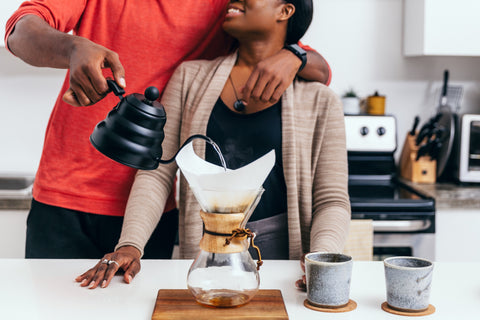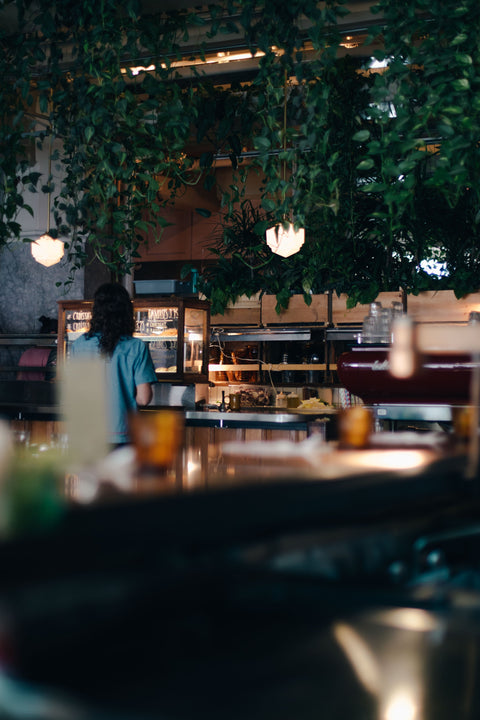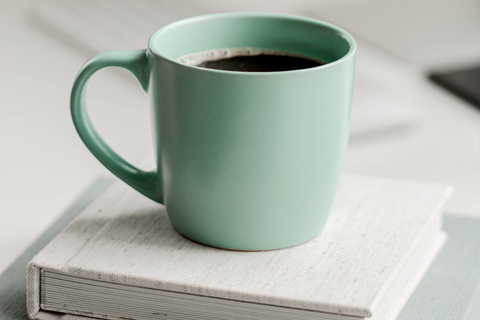Are you a coffee shop owner or barista on the quest to make the perfect cup of coffee? If so, you have likely wondered whether a siphon coffeemaker, a traditional drip coffeemaker, or an immersion coffeemaker is best. Each of these coffeemakers has its own unique merits as well as a couple shortcomings. Let’s take a closer look at the three different approaches to brewing the “nectar of the Gods”, to help you brew a truly flawless cup of coffee and keep your customers coming back for more.
Immersion Brewing
Immersion brews are squarely focused on the time of the brew with a particular focus on the amount of time the water and coffee grounds are in contact with one another. This type of brew typically requires a comparably coarse grind along with a lengthy brew time. The coffee grounds and water are in contact throughout the entirety of the brewing process. This means if the brew time is extended too long or proves too short, the cup of coffee will not taste right due to over-extraction. Furthermore, if the grind is excessively coarse or overly-fine, the cup of joe will taste sour. However, if you succeed in finding the right balance, you will be more than pleased with the taste.
Siphon
Take the siphon approach to coffee making and the design of this unique brewing method is sure to pique the interest of your customers. However, this aesthetic appeal does not impact the taste of the coffee. Best described as a vacuum brewer, siphon coffeemakers consist of two distinct glass chambers linked to one another with an airtight seal. A siphon tube extends from the upper section to the wider chamber. The siphon tube permits water to move from the lower chamber up into the brewing chamber thanks to the vapor pressure.
Siphons have multiple grind settings that you can select based on your unique preferences. The siphon approach is favored by some as it facilitates temperature stability and the saturation of the coffee grounds in an even manner for a lovely-tasting brew. You can use paper, cloth, and metal filters with the siphon. However, baristas and coffee shop owners should know the cloth filter requires upkeep in order to stay fresh.
Drip Coffee
Drip coffee is the most common brewing method. This type of coffeemaker relies on gravity to move water over the coffee grounds so they can be filtered appropriately. Take the drip brewing route and you will create complex cups of java with their nuanced characteristics highlighted to perfection. In short, the drip approach empowers you to maintain control over the contact time, the pouring technique, and other factors for a truly artful result sure to please even the most critical coffee-lovers. However, there are some downsides to the drip approach. Drip coffeemakers allow for considerable flexibility, meaning there is the potential for barista err to lead to significant problems. Make a seemingly minor mistake and you might end up with an unstable temperature, channeling, or another issue that affects the taste.
Which Brewing Approach is Best?
The answer to this question hinges on your unique preferences as well as your customers’ desires. Buy some wholesale coffee for taste testing at your shop and try each type of brewing approach for yourself. Ask your customers for feedback and you will be able to make a well-informed decision as to how to proceed brewing tasty java for your coffee shop customers.



